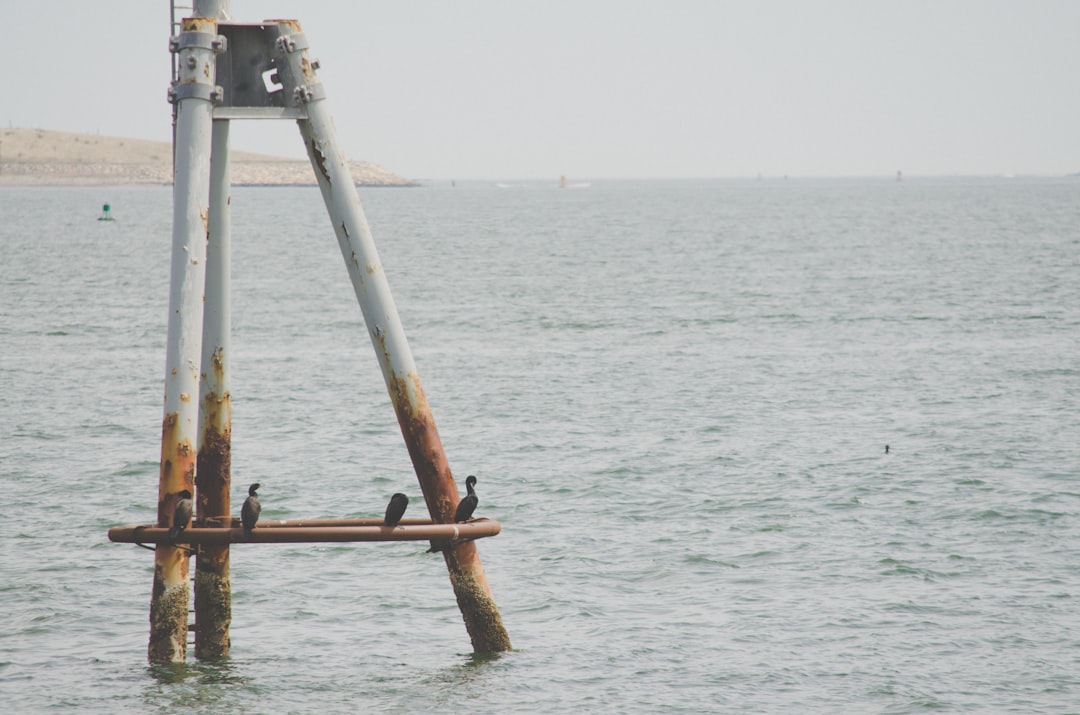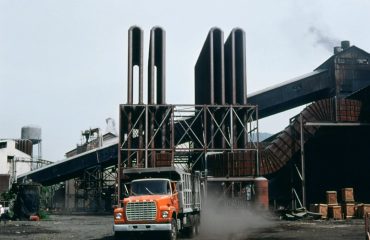Steel, a cornerstone of modern construction, faces a formidable adversary in saltwater environments. The relentless assault of seawater, with its dissolved salts and oxygen, accelerates corrosion, significantly impacting the lifespan and structural integrity of steel components. Understanding the mechanisms of corrosion and employing appropriate mitigation strategies is crucial for ensuring the longevity of steel structures in coastal and offshore applications.
The Corrosive Nature of Saltwater: A Deep Dive
Saltwater corrosion is a complex electrochemical process. When steel is exposed to saltwater, an electrochemical cell is formed. The steel acts as an anode, losing electrons and dissolving into the solution as ferrous ions (Fe2+). This process is accelerated by the presence of dissolved chlorides (Cl–) in seawater, which break down the protective passive oxide layer that normally forms on steel in air. The higher the chloride concentration, the more aggressive the corrosion. Oxygen acts as the cathodic reactant, accepting the electrons released at the anode. This oxygen reduction reaction is also facilitated by the presence of dissolved salts. The overall effect is a continuous dissolution of the steel, leading to rust, pitting, and ultimately, structural failure. Factors such as temperature, pH, and the presence of other dissolved ions further complicate the process and can significantly influence the rate of corrosion.
Choosing the Right Steel Alloy: A Key to Success
Not all steels are created equal when it comes to saltwater resistance. The choice of steel alloy is a critical factor in determining its durability. While carbon steel is inexpensive and readily available, its susceptibility to corrosion in saltwater limits its use in marine applications. Stainless steels, particularly those with higher chromium content (e.g., 316 stainless steel), exhibit significantly enhanced corrosion resistance due to the formation of a passive chromium oxide layer that protects the underlying steel. Other alloying elements, such as molybdenum and nickel, further improve corrosion resistance in chloride-rich environments. The selection of the appropriate steel alloy should be based on the specific environmental conditions, the required lifespan of the structure, and the associated costs.
Protective Coatings: Shielding Steel from the Sea
Protective coatings play a vital role in extending the lifespan of steel structures in saltwater environments. These coatings act as a barrier between the steel and the corrosive seawater, preventing direct contact and slowing down the corrosion process. Common coating systems include paints, zinc coatings (galvanization), and specialized epoxy coatings. The effectiveness of a coating depends on several factors, including the quality of the coating application, its thickness, and its resistance to abrasion and degradation. Regular inspection and maintenance of protective coatings are essential to ensure their continued effectiveness. Damage to the coating should be repaired promptly to prevent localized corrosion.
Maintenance Strategies: Proactive Corrosion Management
Even with the use of corrosion-resistant alloys and protective coatings, regular maintenance is crucial for ensuring the long-term durability of steel structures in saltwater environments. This includes regular inspections to detect early signs of corrosion, such as rust, pitting, and blistering. Any damaged areas should be repaired promptly, and the protective coatings should be regularly inspected and reapplied as needed. Cathodic protection, a method that uses an impressed current or sacrificial anodes to protect the steel from corrosion, is often employed in marine structures. This technique involves making the steel structure the cathode in an electrochemical cell, thus preventing its corrosion. Careful consideration of maintenance schedules and the implementation of proactive corrosion management strategies are essential for extending the service life of steel structures exposed to saltwater.
Case Studies: Real-World Examples of Steel Durability
Numerous real-world examples illustrate the importance of selecting appropriate steel alloys and implementing effective corrosion management strategies. Offshore oil platforms, for instance, require highly corrosion-resistant steels and sophisticated cathodic protection systems to withstand the harsh marine environment. Similarly, bridges and coastal structures necessitate careful consideration of material selection, coating systems, and maintenance schedules to ensure their long-term stability and safety. Studying these case studies provides valuable insights into the challenges and solutions associated with steel durability in saltwater environments, highlighting the importance of a holistic approach encompassing material selection, design considerations, protective measures, and regular maintenance.
In conclusion, ensuring the durability of steel in saltwater environments requires a multi-faceted approach. By carefully considering the corrosive nature of saltwater, selecting appropriate steel alloys, implementing effective protective coatings, and employing proactive maintenance strategies, we can significantly extend the lifespan and structural integrity of steel structures in these challenging environments.




